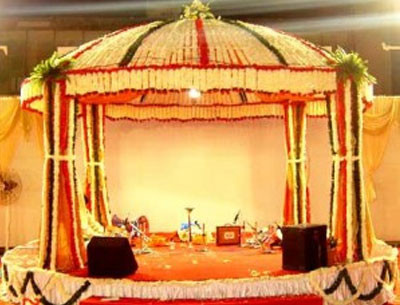- Home
- Indian Services
- Matrimonial Services in Punjab
- Matrimonial Services in Uttar Pradesh
- Matrimonial Services in Gurgaon
- NRI Matrimonial Services
- Punjabi Rishtey in Delhi
- Aggarwal Marwari Rishtey in Delhi
- Jain Rishtey in Delhi
- Brahmin Rishtey in Delhi
- Kayastha Rishtey in Delhi
- Matrimonial Services in Agra
- Matrimonial Services in Amritsar
- Matrimonial Services in Ludhiana
- Matrimonial Services in Chandigarh
- Matrimonial Services in Haryana
- Matrimonial Services in Uttarakhand
- Matrimonial Services in Noida
- High Profile Matrimony Services
- Sikh Rishtey in Delhi
- Matrimonial Services in Kolkata
- Matrimonial Services in Maharashtra
- Matrimonial Services in Gujarat
- Overseas Services
- Indian Matrimonial Services in Asia
- Indian Marriage Bureau in UK
- Indian Marriage Bureau in Canada
- Indian Marriage Bureau in Europe
- Indian Marriage Bureau in Australia
- Indian Marriage Bureau in USA
- Indian Matrimonial Services in Dubai
- Indian Matrimonial Services in Singapore
- Indian Matrimonial Services in London
- Indian Matrimonial Services in Germany
- Second Marriage
- Success Stories
- Contact Us

